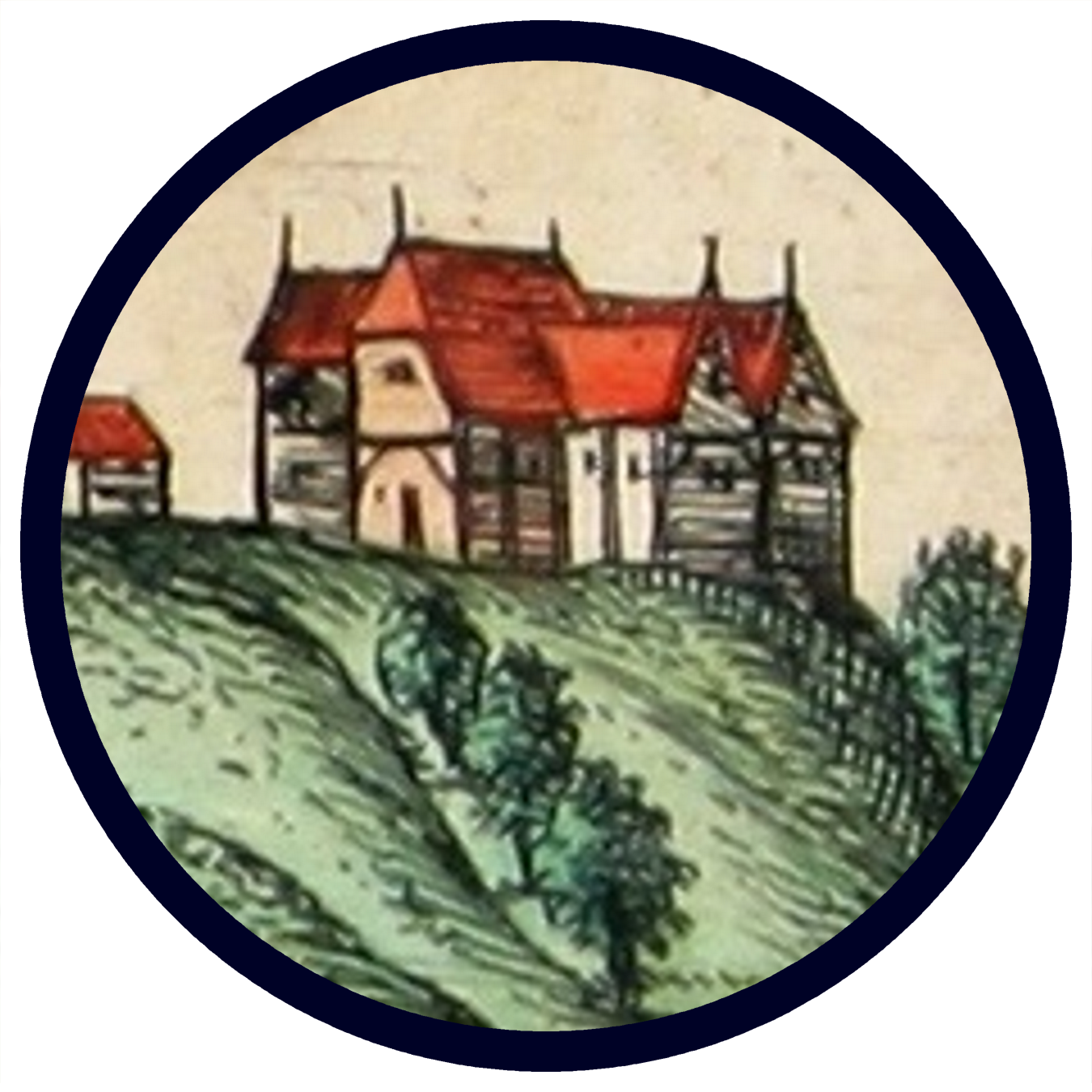
The Dwór (“Manor House”)
The dwór is a charming and characteristic feature of the Polish landscape whose basic design dates back to the Polish Renaissance. Historically, the rural dwór (“manor house” or, more literally, “court”) was the typical dwelling-place of Poland’s szlachta (or “nobility”). Unlike some other European countries that possessed a complex and highly gradated system of aristocracy that comprised only 1%-3% of the population, Poland’s szlachta constituted roughly 10% of the population, and all of the class’s members were of equal standing; there were no formal distinctions between “greater” and “lesser” noble families. Indeed, the percentage of noble families within the population was so large – and political power was distributed among the families in such a democratic manner – that the word szlachta is perhaps better translated not as “nobility” but as “citizens,” in a manner reminiscent of the concept and role of the class of citizens in Ancient Rome.
The distinctive social makeup of medieval Poland is reflected today in the architecture and distribution of the nation’s historic dwory: rather than possessing a small number of ostentatious palaces situated in highly desirable locations, Poland’s landscape is dotted with thousands of relatively modest, charming dwory, each of which was the ancestral home of a particular noble family. Such dwory were “working” manor houses that played a key functional role in their local economies and communities: they typically possessed their own large farms; served as the venues from which other nearby agricultural production was managed; and provided social, educational, religious, and cultural centers for the local population.
Most dwory were elongated, rectangular, one- or two-story buildings, often made of wood or (later) masonry and possessing a unique kind of hip roof, mansard roof, or Polish “broken roof.” Some of the largest and most elaborately ornate multistory dwory – constructed of stone and possessing tiled roofs – resemble the kinds of palaces described below; however, they still retain the characteristic form of the dwór.
It is estimated that prior to World War II, Poland possessed roughly 12,000 dwory; today, less than 3,000 still exist, of which fewer than 1,000 are in a habitable condition and roughly 2,000 are various states of ruin or disrepair.
